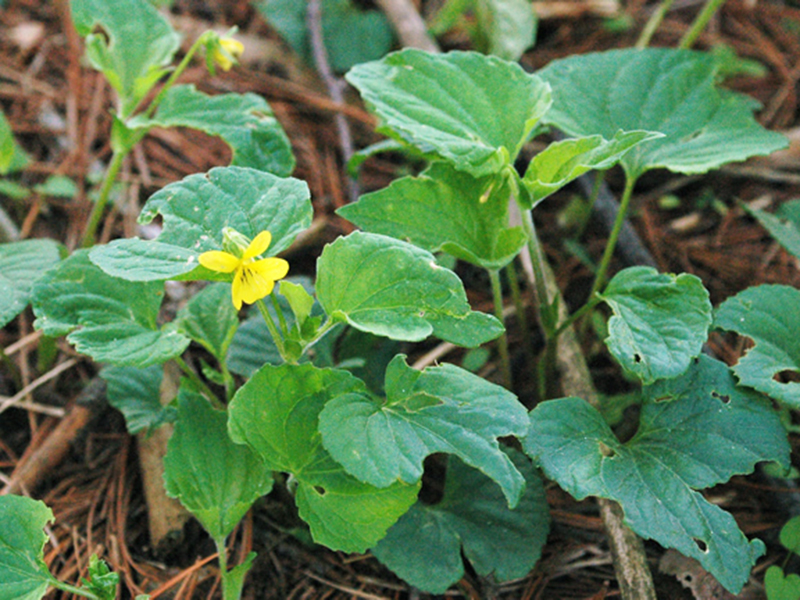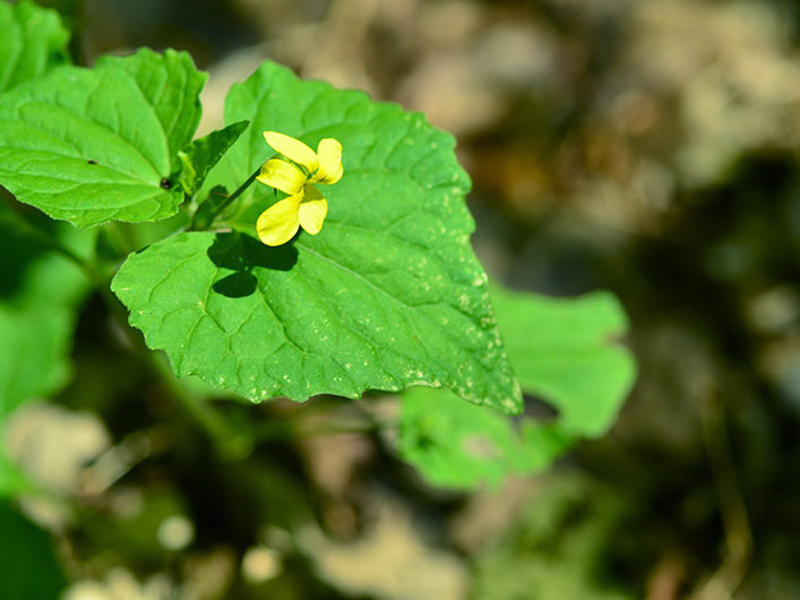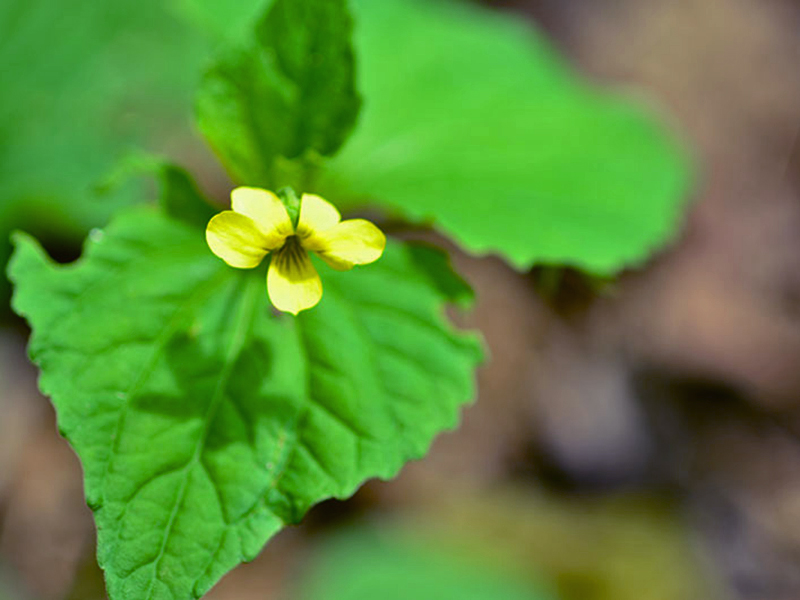
Weeds > Viola > Viola pubescens > Viola pubescens
Viola pubescens
Downy Yellow Violet
| Family |
| Violaceae |
| Genus |
| Viola |
| Species |
| pubescens |
| Category |
| Weeds |
| USDA Hardiness Zone |
| 3 - 7 |
| Canadian Hardiness Zone |
| 1a - 6b |
| RHS Hardiness Zone |
| H6 - H7 |
| Temperature (°C) |
| -40 - (-12) |
| Temperature (°F) |
| -40 - 10 |
| Height |
| 15 - 30 cm |
| Spread |
| 15 - 30 cm |
Photographs
Description and Growing Information
Flowering Period
| Growth |
| Slow |
| Habitat |
| It is found in dry mixed and deciduous woodland areas of the United States and Canada from Minnesota and Ontario to Nova Scotia, South to Virginia. |
| Leaf Description |
| Alternate, simple, palmately-veined, petiolate; stem leaves 2–4, usually crowded near the top of the stem; plants sometimes also bearing 1–5 basal leaves. Leaf blades broadly cordate or reniform to orbicular, 3–10 cm long and 1–3 cm wider than long; pale to dark green, hairy or glabrate; leaf base cordate, the angle between the basal lobes (sinus) broad and open; apex blunt to acute; margins crenate; stipules lanceolate to ovate. |
| Flower Description |
| Bisexual, axillary, peduncles slender and downy. Sepals 5, narrowly lanceolate, acute; petals 5, yellow, veined with purple, lateral petals bearded; stamens 5, anthers connivent; the single pistil with a superior ovary. Cleistogamous flowers are borne in the axils of the leaves. |
| Fruit Description |
| An ovoid capsule, usually pubescent, but occasionally glabrous, 5–12 mm long; seeds pale 2.5–2.9 mm long. Fruits mature in mid summer. |
| Notable Specimens |
| Joany’s Woods, West Williams, Middlesex County, Ontario, Canada. |


